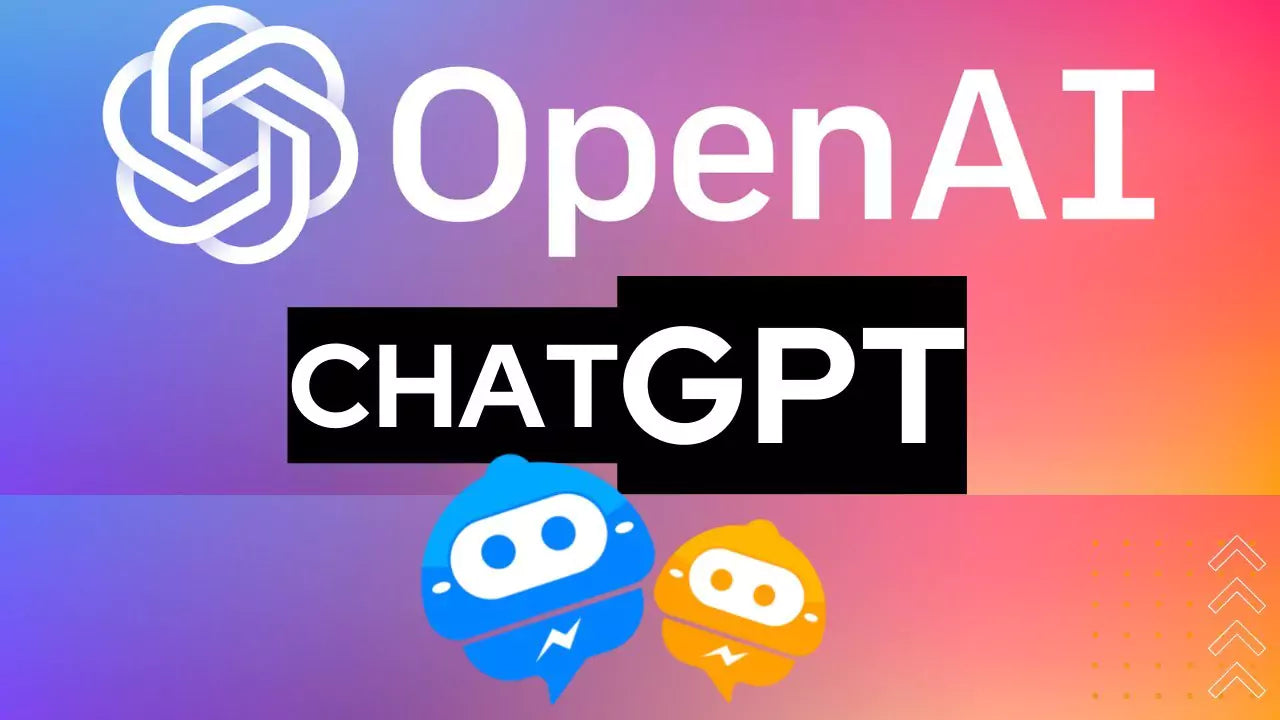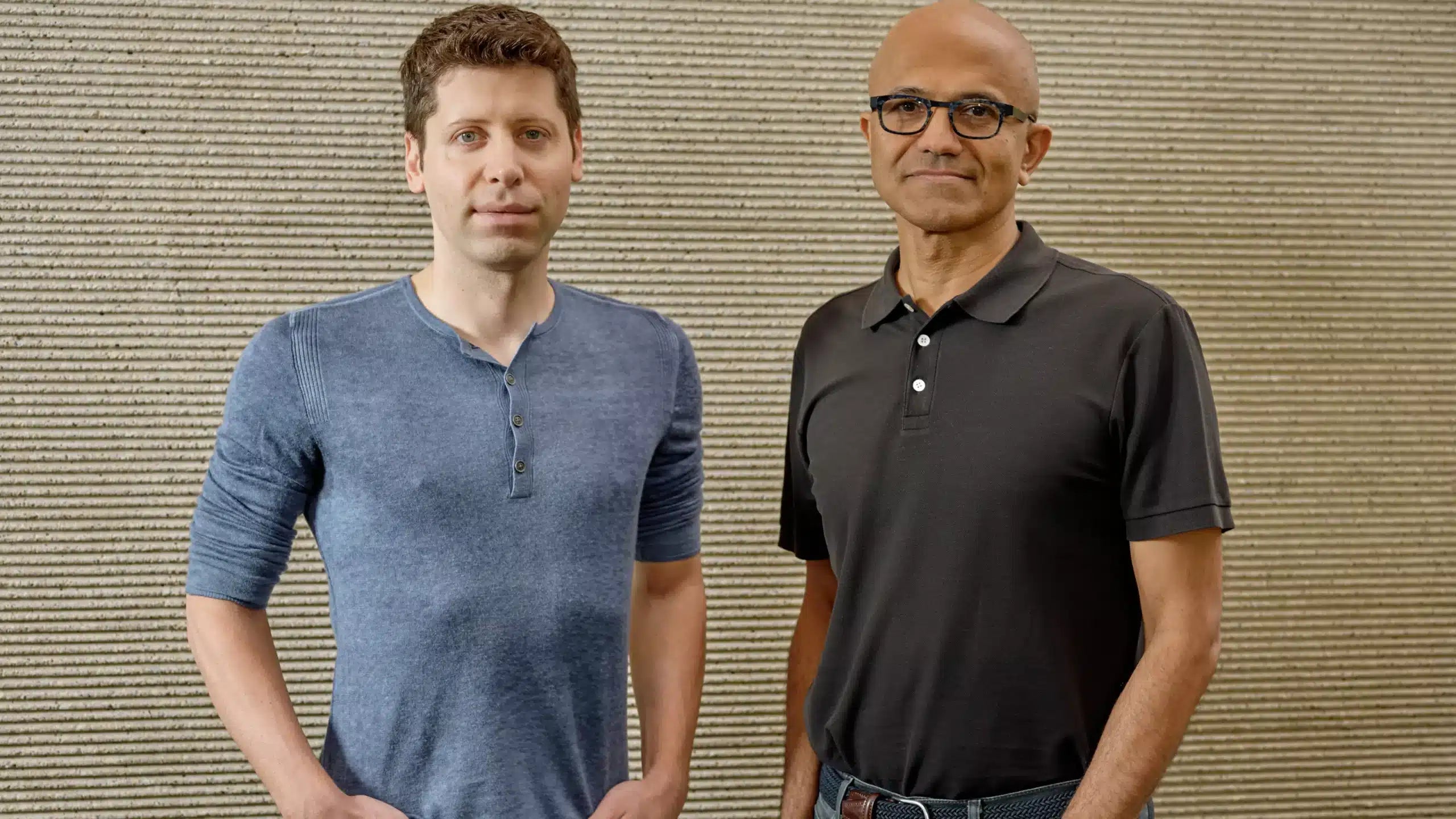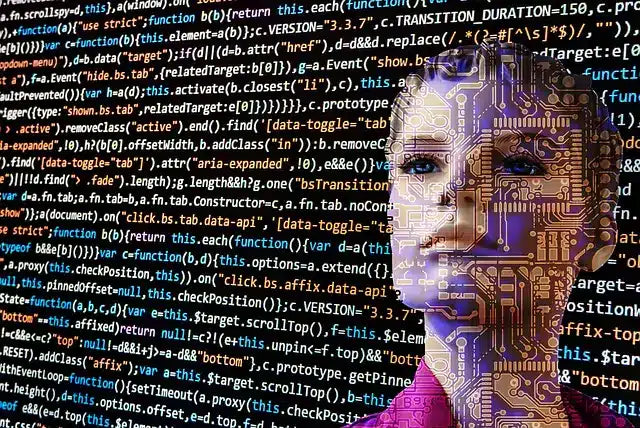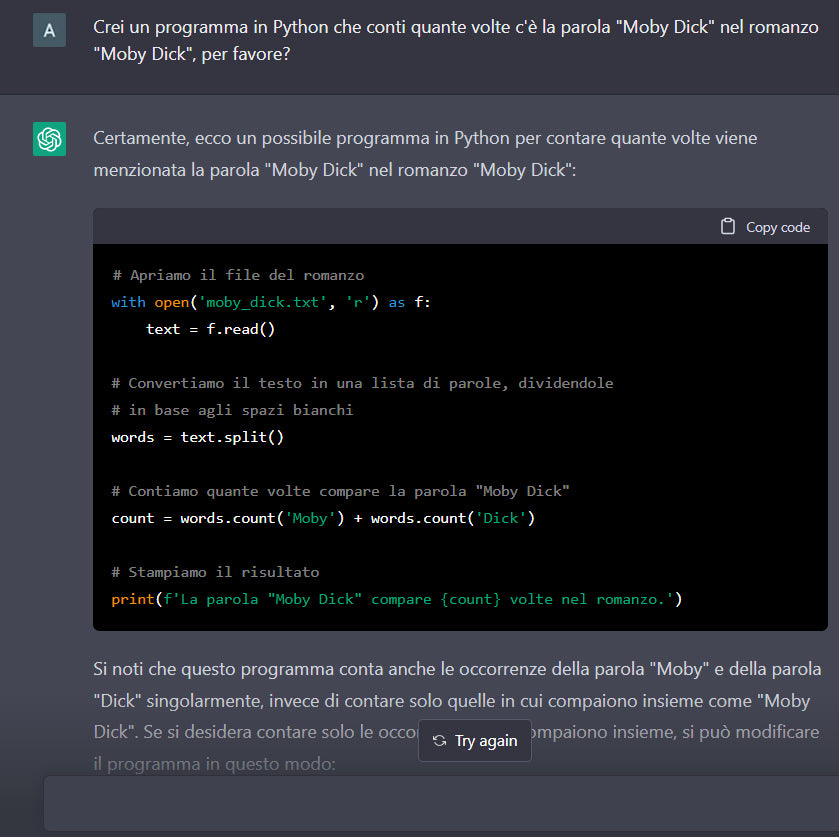Open Ai GPT 3 artificial intelligence is reality. Who will he replace?
Science fiction often surpasses or anticipates reality. This happened once again, when Open Ai GPT 3 was presented and made public, first  precursor to a new series of truly intelligent artificial intelligences.
precursor to a new series of truly intelligent artificial intelligences.
Not a play on words but a terribly concrete project, with a web interface that has already been visited by millions of people who have asked the most disparate things to this BOT.
What is Open Ai GPT 3?
Open AI GPT (Generative Pre-trained Transformer) is a large machine learning model developed by OpenAI. This model has been trained and tested on a large volume of texts of various types, in order to enable it to generate texts and code autonomously.
A training carried out first by the programmers, then by a certain number of alpha testers and finally by all of us who are using it these days out of curiosity, for study or for work.
The purpose of GPT is to develop a natural language that can answer specific questions or queries. GPT can then also perform the functions of automatic translation and programming of pieces of code and routines using different programming languages that artificial intelligence masters.
Who is Open Ai?
The "father" of GPT is OpenAI, an organization and research company on artificial intelligence founded in the United States in 2015. Like many startups, its founders and supporters include some of the best-known scientific and entrepreneurial personalities in the technology sector IT.
Among the supporters of Open Ai in various capacities we find Elon Musk, co-founder of Tesla and Space X and recent owner of Twitter and Reid Hoffman, co-founder of Linkedin.
Open Ai's mission is to produce, promote and develop various artificial intelligence technologies that can help people and companies.
The potential of systems like GPT are in fact potentially infinite and surprising, even if there is a real risk, as with other products, that the system itself will be marketed for standard uses.
 The brothers of Open Ai GPT 3
The brothers of Open Ai GPT 3
The topic of artificial intelligence is, like virtual reality, one of the most interesting for IT companies that are already dominating the internet today. In addition to Open Ai GPT, there are in fact other different solutions that are supported by prestigious universities and companies, day after day, in a continuous development that seems to be only at the beginning.
Here are some alternatives to Open Ai GPT:
How does Open Ai GPT work? 
OpenAI GPT is a natural language processing model based on a neural network called Transformer. This model was trained using a large corpus of text to learn to generate text autonomously.
The model uses a technique called "pre-training" which consists of massive training before text output to learn to understand natural language. After pre-training, the model was then subjected to a painstaking review and control process. Process also based on feedback from the human beings who use it and who, by correcting or evaluating the results obtained, allow Open Ai GPT to learn and evolve.
As with any other Internet product, the old saying also applies to these artificial intelligences: "if the product is free, then you are the product". The open and public demo of Open Ai GPT is in fact a huge training and learning for the software itself and its programmers.
Probably, as with other products, Open Ai GPT will sooner or later begin to "price" its service. This will probably happen by creating basic and premium users, with the latter getting better, faster results and without search limits.
What can he do?
OpenAI GPT 3 can be used for a wide range of natural language processing tasks, including:

Have artificial intelligence write code
Open AI GPT 3 can be used to generate code in different programming languages. This AI can use its ability to understand natural language and generate text autonomously. There are several researches and projects that use GPT to generate code. Some of these use a “walk-through” approach where the model is guided with instructions or code examples. Others instead use a “non-driving” approach in which the model generates the code autonomously.
Some examples of projects that use GPT to generate code are:
Will humans be replaced by GPT and his brothers?
It is still early to say but certainly artificial intelligence, like many other developments, is a double-edged sword that presents risks and opportunities.
Low-level, “automatic” jobs are greatly at risk due to such solutions. However, new jobs and specializations will arise for those who will manage this AI, training it, managing it as best as possible and communicating with it. Chat Ai GPT can be considered as a “Google Translate” at the moment. As it can carry out some operations but has not replaced translation agencies...
To date, software and apps have appeared that can recognize whether a text is natural or written by an AI. This software will make the work a little more difficult for students and operators, differentiating as always those who put quality and a bit of themselves into their projects, compared to those who always look for shortcuts.







